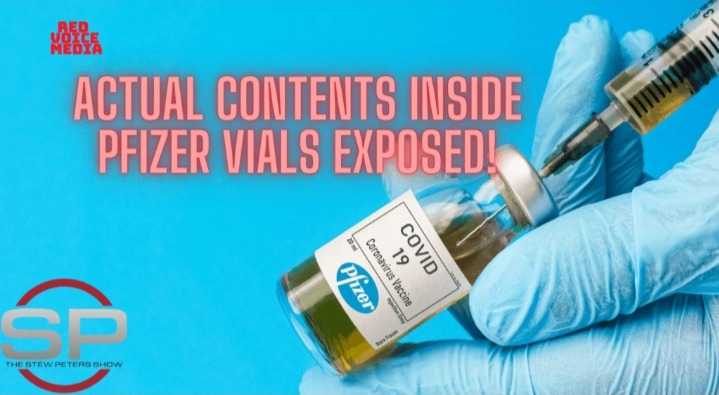
https://twitter.com/StewPetersShow/status/1412462393653960707
The PDF:
https://www.docdroid.net/TOPBZJY ... -e-1-horizontal-pdf
Is Graphene Safe?
Graphene has become the focus of much research since, in 2004, Andre Geim and Konstantin Novoselov of the University of Manchester, England, found they could tear a strip off using nothing more sophisticated than sticky tape, a glass slide, and a pencil. The material exists as standalone atomic monolayers of carbon arranged in the familiar hexagonal pattern of graphite that resembles chicken wire fencing, providing many a useful metaphor for a science media keen to discuss the substance. Graphene is transparent, flexible, very strong, and has already been used to create fast transistors.
But, it is the very nature of graphene that might be cause for concern: thin and lightweight, yet tough and intractable particles are notoriously worrisome in terms of the detrimental effects they can have on our health, particularly when breathed in. The negative press novel materials get often references asbestosis and the malignant mesothelioma it causes or the silicosis of exposure to silicon dust and pneumoconiosis caused by coal dust.
Certainly, we must be cautious of the release of novel materials, particularly those that lie in the brave new world of nano where bulk properties seem to fade from view yet the atomic and molecular properties are not quite manifest. On this scale, phenomena emerge that might not be predicted based on bulk or molecular properties.
Ken Donaldson is a respiratory toxicologist at the University of Edinburgh and he and his colleagues are among the first to raise the warning flag on graphene, at least for nanoscopic platelets of the material. It is not too great a leap of the imagination to imagine how such tiny flakes of carbon might be transported deep within the lungs similar to asbestos fibres and coal dust. Once lodged within, there is no likely mechanism for the removal or break down of such inert particles and they might reside on these sensitive tissues triggering a chronic inflammatory response or interfering with the normal cellular functions.
The problem with graphene flakes, according to Donaldson and colleagues, is that although they might be labelled as being a few dozen micrometres across on the shipping container from a supplier, these platelets can behave as if they were much smaller. Our bodies can usually filter particles quite effectively, but these particles behave in ways that allow them to slip past the filters and once inside can be too big for white blood cells to engulf.
Moreover, as with asbestos and coal dust, and other smooth, continuous, biopersistent particles that can enter the body, graphene may have the ability to instigate tumour growth.
Lagi: https://www.materialstoday.com/carbon/articles/s1369702112701013/

No comments:
Post a Comment